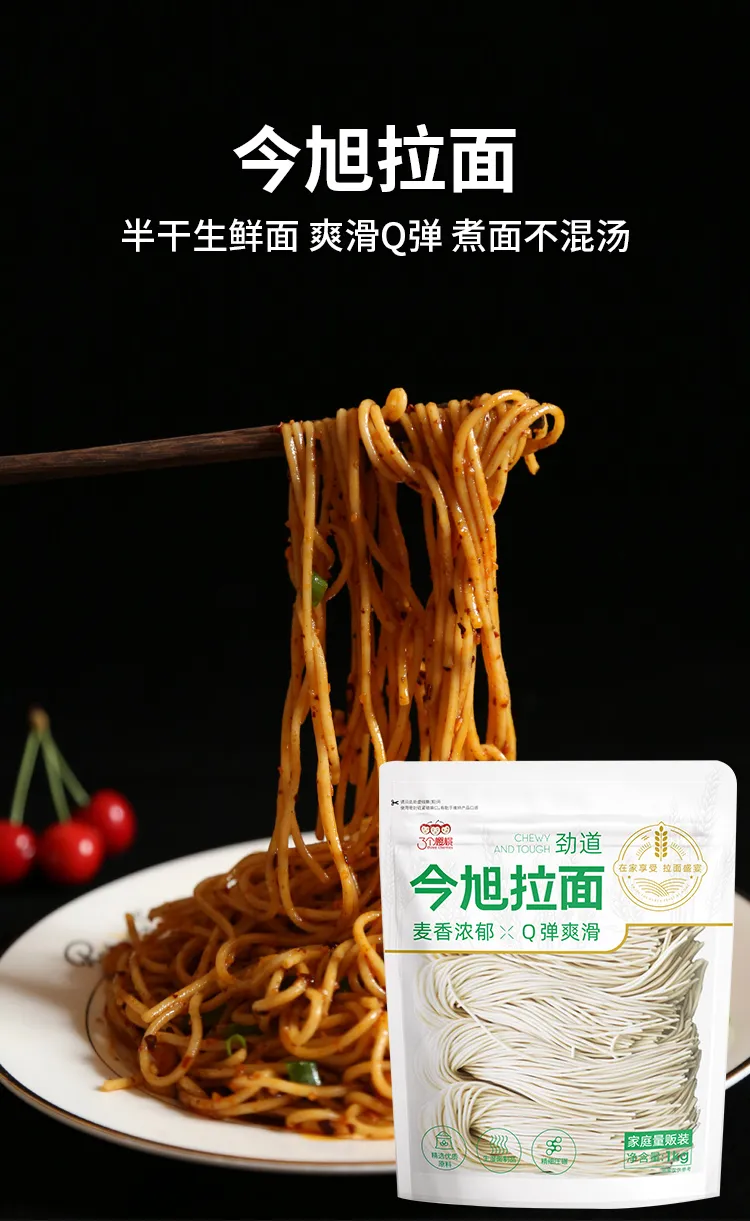udon soba noodles difference
Understanding the Difference Between Udon and Soba Noodles
Udon and soba noodles are two of the most popular types of noodles in Japanese cuisine, each offering unique flavors, textures, and cultural significance. While both noodles have their own dedicated fan bases, confusion often arises regarding their differences. This article aims to shed light on these two iconic types of noodles, exploring their ingredients, preparation methods, and typical uses in dishes.
Ingredients and Composition
At the heart of their differences are their main ingredients. Udon noodles are made primarily from wheat flour, water, and salt. The dough is kneaded until smooth and then rolled out and cut into thick, chewy strands. Udon's texture is often described as soft and pliable, making it an excellent choice for hearty soups and stir-fries.
On the other hand, soba noodles are primarily made from buckwheat flour, though many recipes also mix in wheat flour to enhance elasticity. Buckwheat gives soba a distinctive nutty flavor and a darker color compared to udon. Soba noodles can be thin or thick, but they are generally much finer than udon, and their texture can be described as slightly gritty yet smooth.
Cooking Techniques
The cooking methods for these two types of noodles also differ. Udon noodles are typically boiled in water for a few minutes until they reach the desired softness, often taking longer to cook than soba. Once cooked, they may be rinsed in cold water for dishes served cold or kept warm for noodle soups like Kake Udon, where the noodles are served in a hot broth.
Soba noodles require a more delicate approach. They are also boiled, but they need careful attention to avoid overcooking. Soba is often served either hot in a broth or cold with a dipping sauce called tsuyu. When served cold, the noodles are typically rinsed under cold water immediately after boiling to stop the cooking process and remove excess starch. This rinse enhances the texture, making the noodles firmer and more enjoyable when served chilled.
udon soba noodles difference

Culinary Applications
In terms of serving styles, certain dishes have become synonymous with each type of noodle. Udon is frequently found in hearty comfort dishes, such as Yaki Udon, stir-fried with vegetables and often topped with proteins like shrimp or chicken. It is also the star in noodle soups, where its thickness complements the rich broth, making it a staple for cold months.
Soba, by contrast, is celebrated for its versatility and health benefits. It is often enjoyed cold, especially during the summer months, in dishes such as Zaru Soba, served with a soy-based dipping sauce and garnishes like sliced green onions and wasabi. Soba is also used in traditional ceremonies spanning various regions in Japan, symbolizing health and longevity. Additionally, because buckwheat is gluten-free, soba can be a suitable option for those with gluten intolerances, provided that 100% buckwheat is used.
Nutritional Differences
Nutritionally, soba noodles have an edge over udon noodles as they provide more vitamins, minerals, and protein due to their buckwheat content. Buckwheat is also rich in fiber, helping with digestion. Udon noodles, primarily made of wheat, are higher in carbohydrates but lower in nutrients compared to their buckwheat counterpart.
Conclusion
In summary, while both udon and soba noodles are cherished in Japanese cuisine, they each bring something unique to the table. Udon offers a thick, chewy comfort, perfect for rich broths, while soba presents a nutty flavor and a healthier profile, ideal for both hot and cold dishes. Whether you prefer the hearty embrace of udon or the sophisticated simplicity of soba, both noodles offer a delightful culinary experience that showcases the diversity of Japanese cooking. Understanding their differences enables you to appreciate what each noodle has to offer, enhancing your dining experience.
-
fast-cook-noodles-convenient-staples-for-modern-lifestylesNewsAug.23,2025
-
italian-noodles-versatile-staples-of-global-cuisineNewsAug.23,2025
-
italian-noodles-a-timeless-culinary-heritageNewsAug.23,2025
-
instant-cold-noodles-a-refreshing-culinary-convenienceNewsAug.23,2025
-
buckwheat-noodles-the-art-and-nutrition-of-handmade-sobaNewsAug.23,2025
-
low-calorie-soba-noodles-a-nutritious-choice-for-healthy-eatingNewsAug.23,2025
-
The Wholesome Delight of Organic NoodlesNewsAug.15,2025
Browse qua the following product new the we







